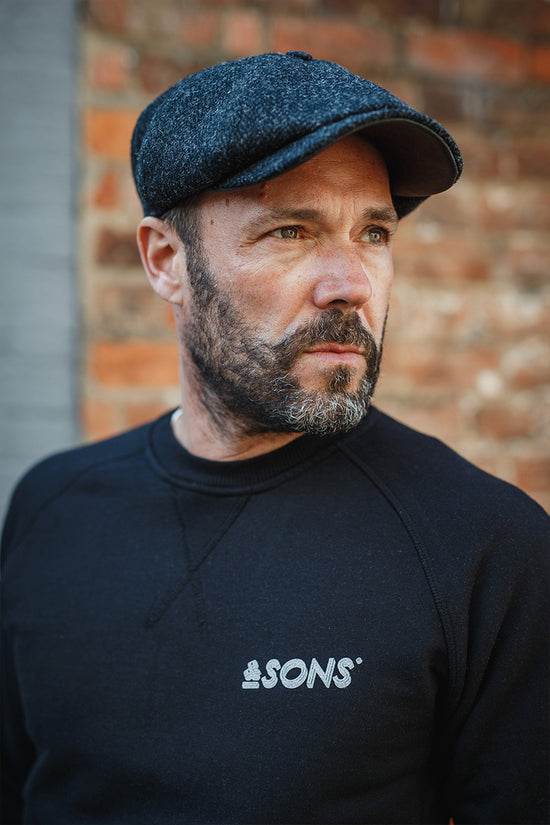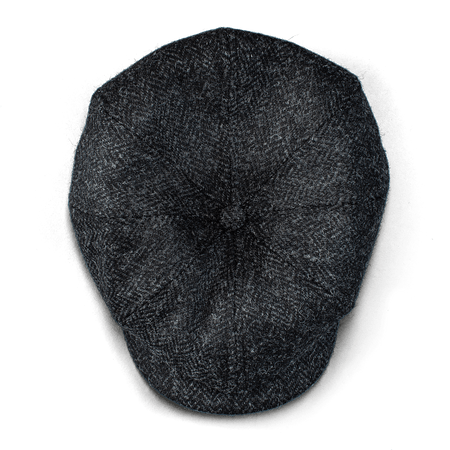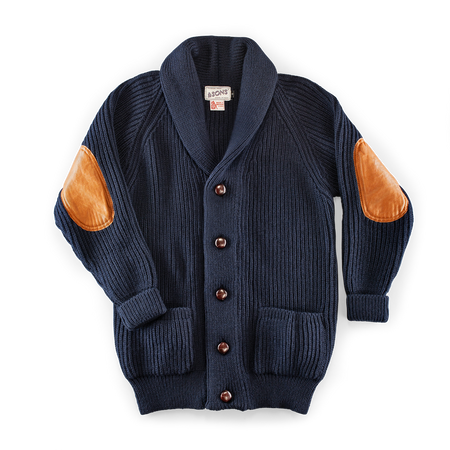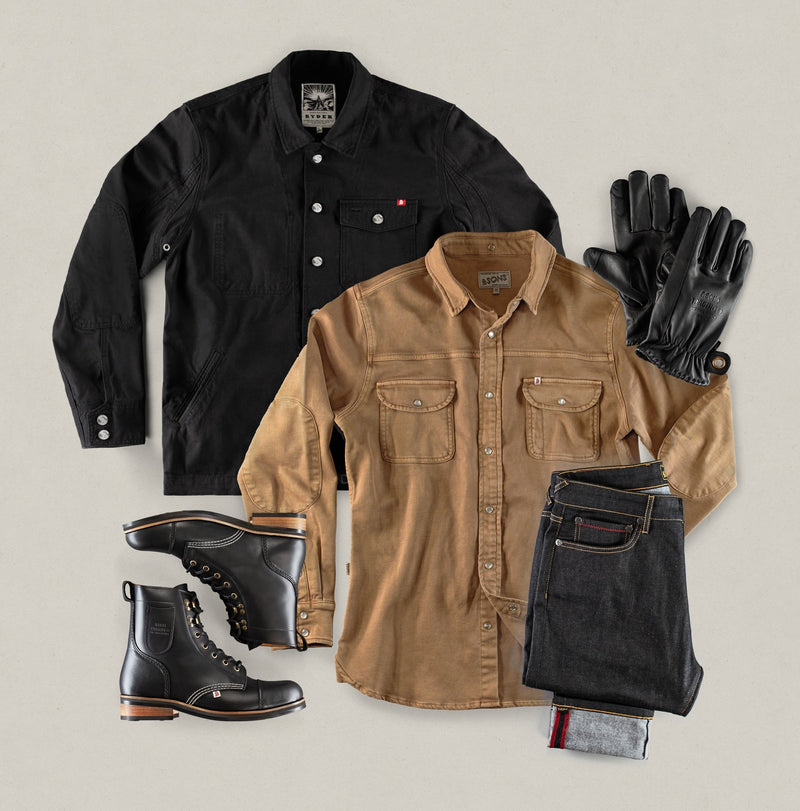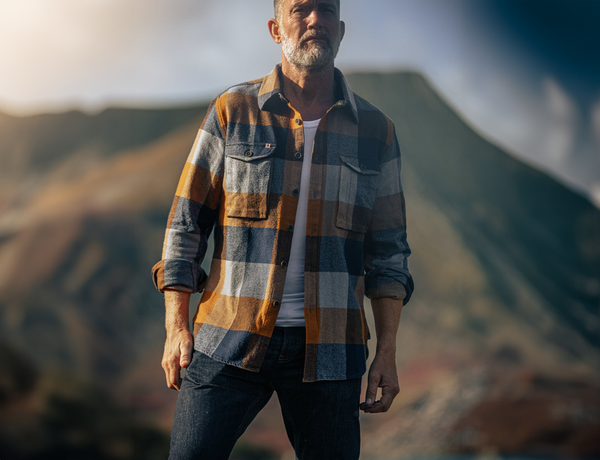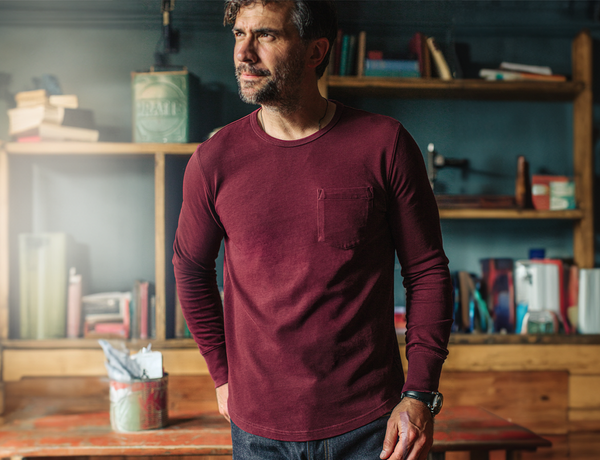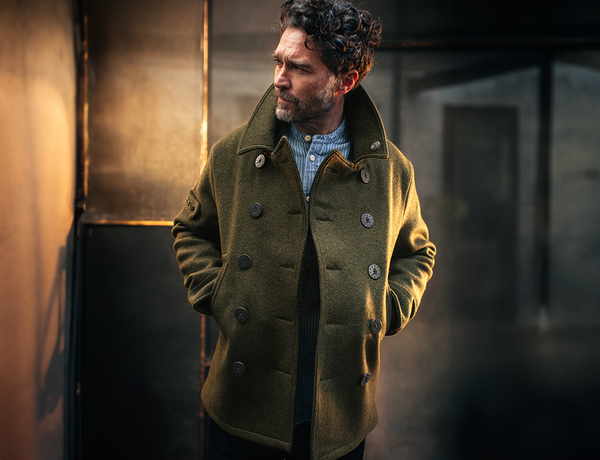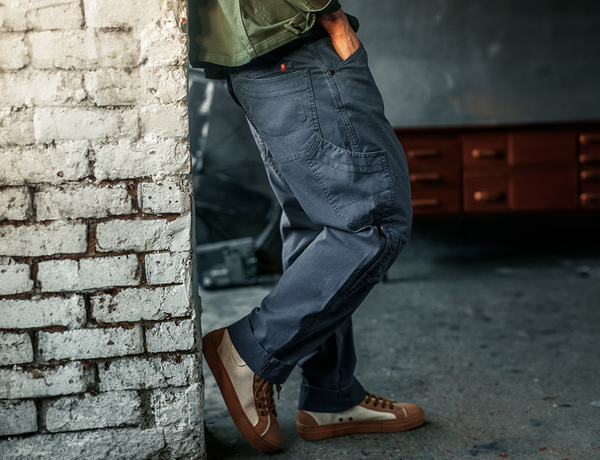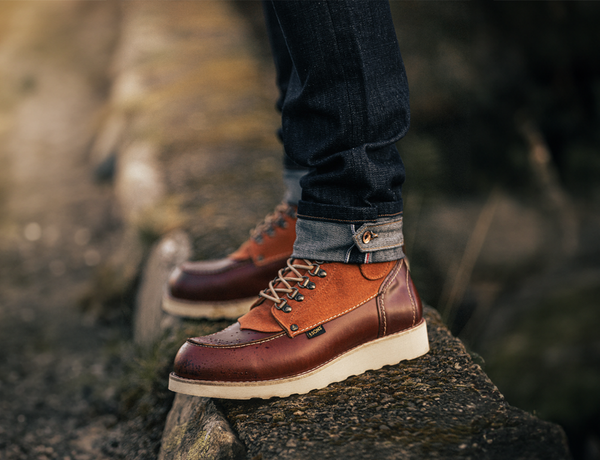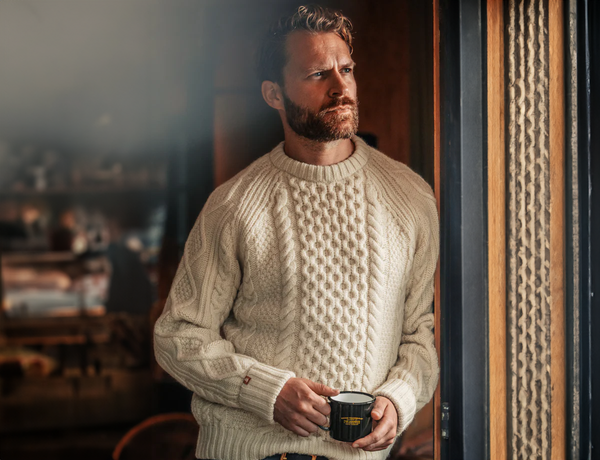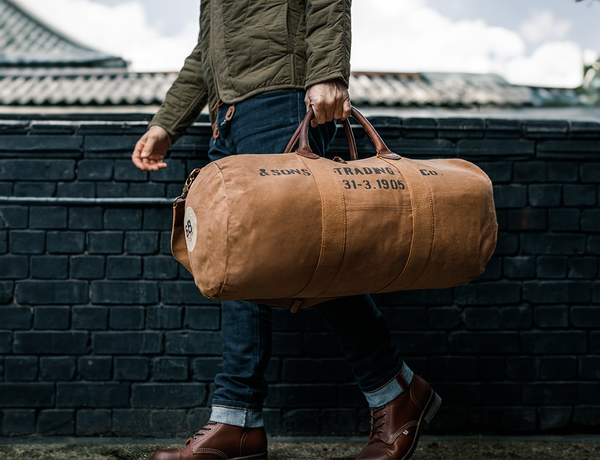June 25
The British Icon Born From Necessity

From Drawing Board to Factory Floor
In the tough, rationed years after the war, steel was scarce and government restrictions tight. The answer came in the form of Birmabright, a lightweight aluminium-magnesium alloy left over from wartime aircraft production. Resistant to corrosion and easier to shape than steel, it gave the fledgling Land Rover its distinctive look - unpainted, riveted panels and a boxy silhouette.
The first working prototype, nicknamed the 'Centre Steer', appeared in 1947. It had the steering wheel in the middle of the dashboard, much like a tractor, an idea intended to make it adaptable for both left and right-hand drive markets. The concept proved impractical for road use and was quickly abandoned, but the rest of the design philosophy stuck: keep it simple, make it strong, and build it to work.
By 30th April 1948, the first production-ready Land Rover, the Series I, was unveiled at the Amsterdam Motor Show. It had an 80-inch wheelbase, part-time four-wheel drive with a low-range gearbox, and a 1.6-litre petrol engine borrowed from the Rover P3 saloon. Buyers could spec it with or without doors, a canvas roof, and even seating. At launch, it cost £450 (about £18,000 in today’s money).
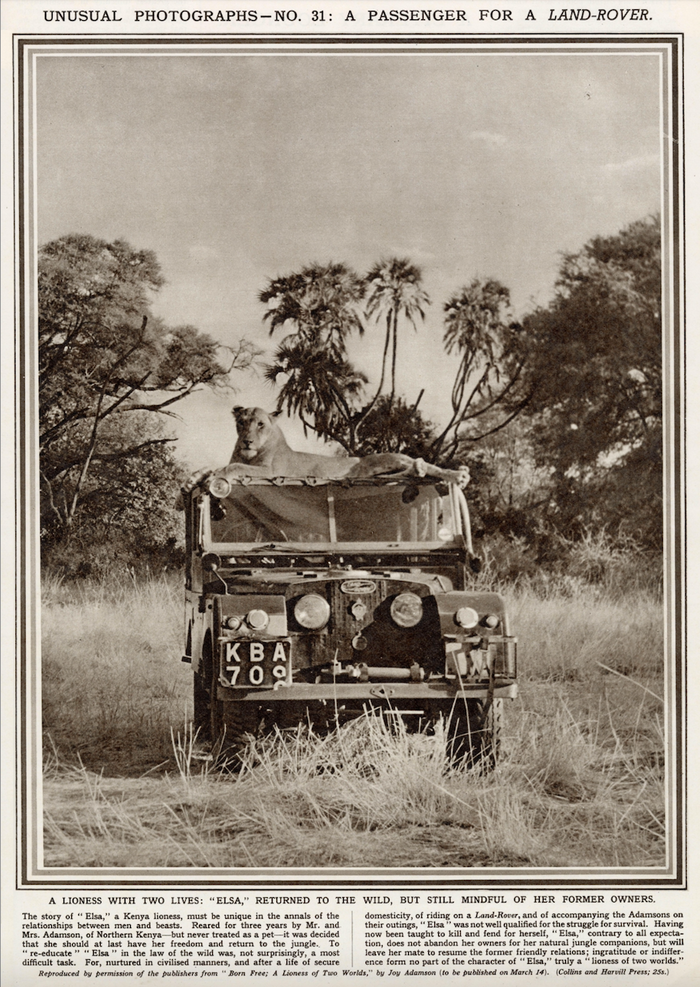
Built to Work, Not to Show Off
What set the Land Rover apart wasn’t flash or luxury. It was its sheer utility. It could plough fields in the morning and drive to market in the afternoon. It wasn’t uncommon to see one on a farm pulling a plough, carrying hay bales, or fording streams. And when farmers weren’t driving them, the British Army and emergency services soon recognised their value too.
By the mid-1950s, it had become a symbol of British engineering ingenuity. Wheelbases grew from 80 to 86 and 107 inches in 1953, and by 1956, the long-wheelbase 109-inch variant arrived, offering even greater versatility. In 1957, a 2.0-litre diesel engine joined the line-up - one of the earliest high-speed diesels for road use.
And the world took notice. Explorers, aid workers, and adventurers adopted the Land Rover as the vehicle of choice for expeditions through deserts, jungles, and mountains. It was famously said that more of the world’s surface had been seen from behind the wheel of a Land Rover than any other vehicle. By 1976, Rover celebrated the production of its one-millionth Land Rover. Its reputation for rugged dependability was firmly cemented.
Why It Still Matters Today
The story of the Land Rover mirrors everything we admire about classic British engineering - born from necessity, built to endure, and shaped by function over fashion. It wasn’t made to turn heads in city streets but to crawl up hillsides, cross rivers, and take on decades of hard graft without complaint.
Even now, original Series models are still earning their keep on farms, forests, and forgotten tracks. A reminder of a time when things were built to last, to be repaired, and to tell a story along the way.
It’s a mindset we live by. Good things shouldn’t fade with passing trends. They should earn character, be passed down, and get better with age. Whether it’s a faithful old Series I in your garage or a jacket that’s been with you on every road trip and early start, it’s these things that mean something.
Ready to add a new chapter to old gear? Explore &SONS Pre-Loved and find something with a story to tell.


